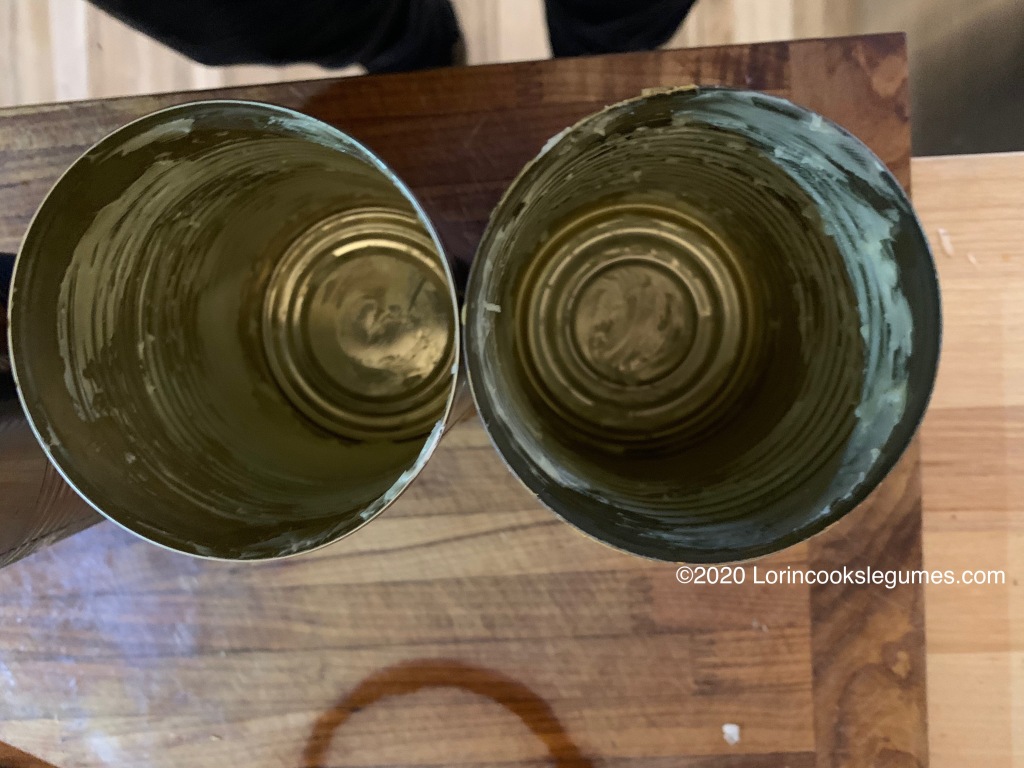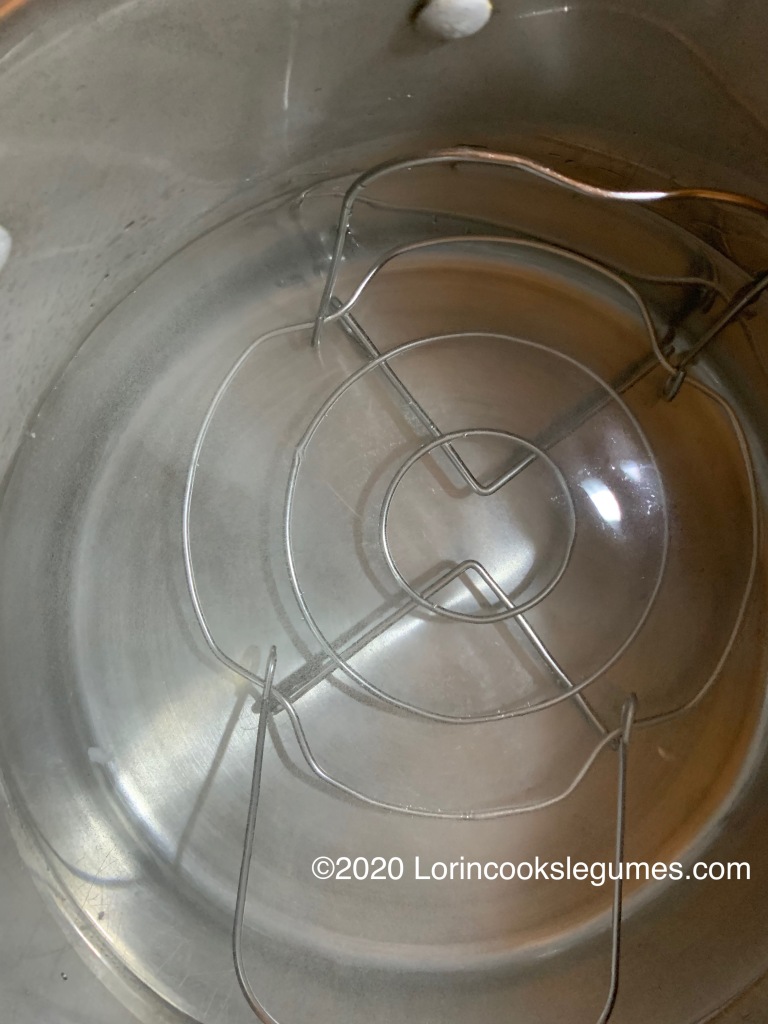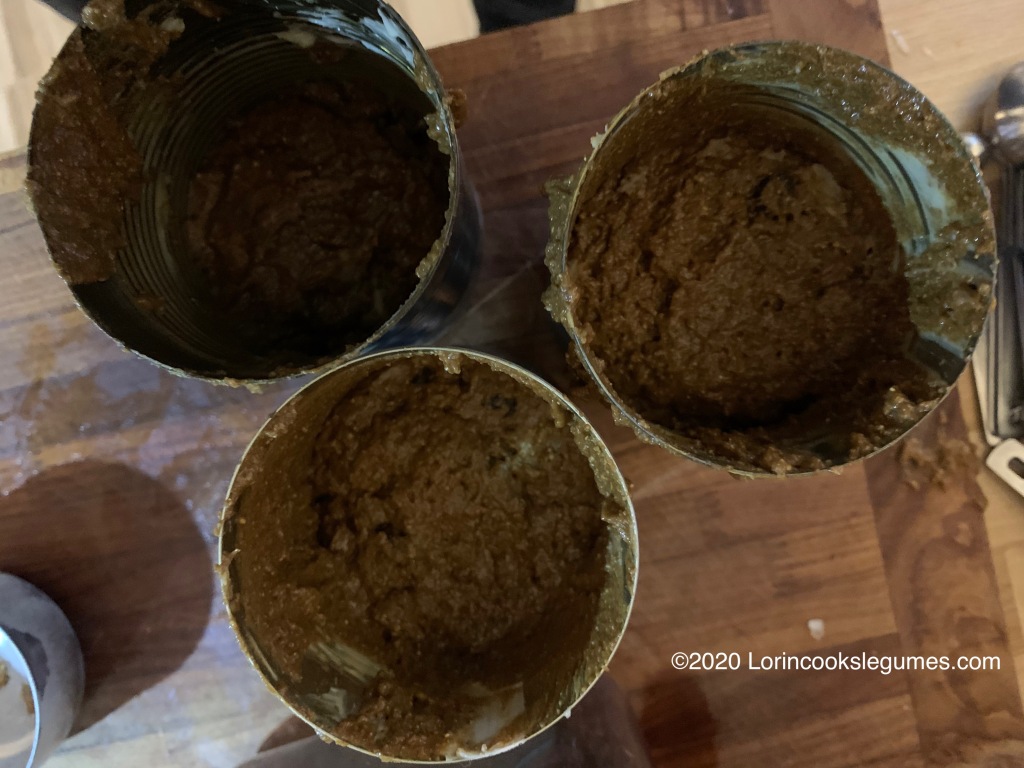
New England or Boston brown bread is a type of dark, slightly sweet steamed bread, usually sweetened with molasses, popular in New England. The moist bread is dark in color and traditionally served with baked beans and franks.
https://en.wikipedia.org/wiki/Brown_bread#Boston_brown_bread
Boston brown bread is the traditional accompaniment to Boston baked beans in New England. It’s a steamed bread made with cornmeal and rye flour, and sweetened with molasses.
It’s history goes back to the Pilgrims who learned to cook with corn from the Native Americans. Over time as European grains like barley, rye and wheat were grown in the new world, they were added to the cornmeal. In the 18th century Boston started importing large quantities of molasses to make rum, and it also became the sweetener of choice for many Bostonian cooks.
Since ovens were not a luxury most colonial homes had access to, the bread was steamed rather than baked. Every traditional Boston brown bread recipe calls for steaming it in empty tin cans. Although the canning process has been around since about 1810, the commercial canning industry didn’t get started until 1912, so I’m going to guess that that tradition started during the great depression.
On that note, there is some question as to the safety of using cans to cook in. I STRONGLY ENCOURAGE YOU TO DO YOUR OWN RESEARCH BEFORE DECIDING TO USE CANS TO COOK IN. The primary concern used to be lead leaching from the solder used to seal the can. Modern cans probably don’t have lead in them, but they are lined with an epoxy-like resin that contains BPA, which of course is regarded as dangerous by many people. The question is whether heating the can will release dangerous chemicals. The canning industry pretty much outright says you shouldn’t heat food in cans, but a lot of people argue that the canning process involves higher temperatures than are commonly reached in the home kitchen so it should be safe. There are brands like Eden and Trader Joes that use a different lining, but I’ve seen claims that the chemicals they replace BPA with are just as questionable. I personally decided that I’m not worried about cooking in cans as a one time thing, but I hemmed and hawed over the decision for quite a while and if I were to start making brown bread a regular menu item I would probably find another container to cook it in.











Boston Brown Bread
Yield: 2 ½ 15 oz. cans
Prep: 15 minutes
Cook: 1:30
Total: 2 hours including cooling.
Butter to grease pans
½ cup rye flour
½ cup cornmeal
½ cup whole wheat flour
OR
½ cup all purpose flour
⅞ teaspoon baking soda
½ teaspoon baking powder
½ teaspoon salt
½ cup molasses
1 cup buttermilk
2 Tablespoons brown sugar
½ cup raisins
Cream cheese
Optional:
½ teaspoon allspice
1 teaspoon vanilla
1 Tablespoon canola oil
3 Tablespoons walnuts
1 cup milk, in place of buttermilk
½ cup dried currants, in place of raisins
2/3 cup boiling water, to plump raisins.
Butter three clean, empty 15 oz. cans or a 9×5 loaf pan and set aside. Put a rack in the bottom of a pot several inches taller than the cans, and add enough water to come about half way up the sides of the cans. Cover and bring to a boil.
Mix dry ingredients in a medium sized bowl.
Whisk together molasses, buttermilk and brown sugar in a small bowl. Mix wet into dry until just combined.
Fold in the raisins and spoon batter into your prepared cans or pan, making sure not to fill over 2/3 full.
Cover tops with foil and tie with string to keep foil on. Place cans onto rack in boiling water and add or remove water so that cans are about ½ submerged, but not floating. Cover the pot, reduce heat to medium- low and simmer for about an hour and a half, until a skewer inserted through the foil comes out clean. Check your water level every 30 minutes or so, and add additional boiling water if it has dropped below about 1/3 of the can.
Once the bread is done, remove cans from the water bath and remove the foil. Allow to cool for ten minutes before removing loaves from tins and cooling on a wire rack.
Alternatively, you can create a water bath in a deep roasting pan and steam the bread in a 325 F oven, for about the same amount of time. If you are also making baked beans, split the difference and set your oven at about 335-340F.
OR
Bake at 325 F, without steam, for about 1 hour. Remove foil for last 10 minutes.
Serve warm, with cream cheese.
2 Comments Add yours